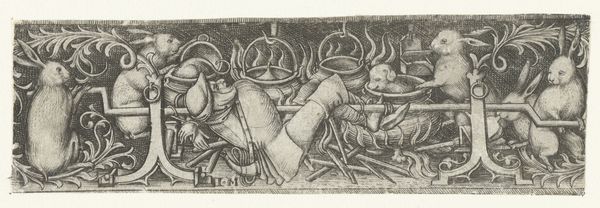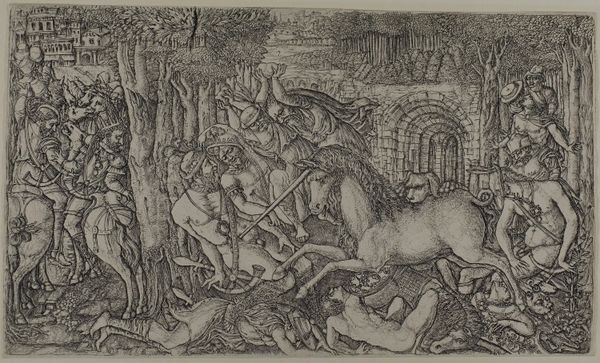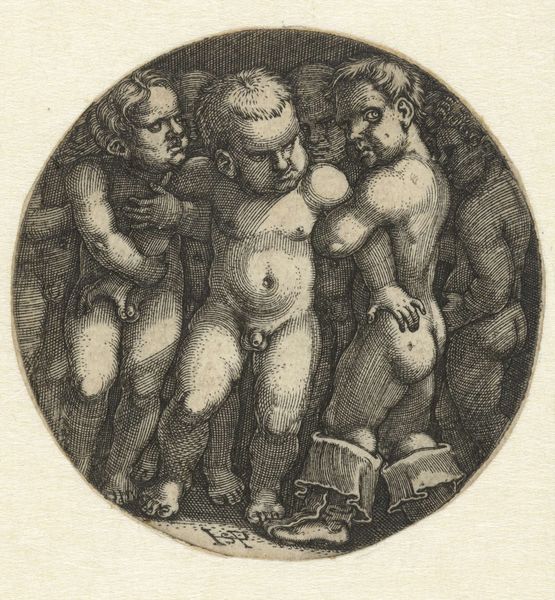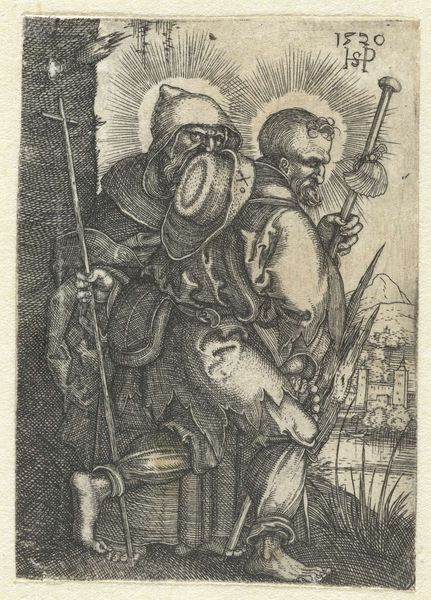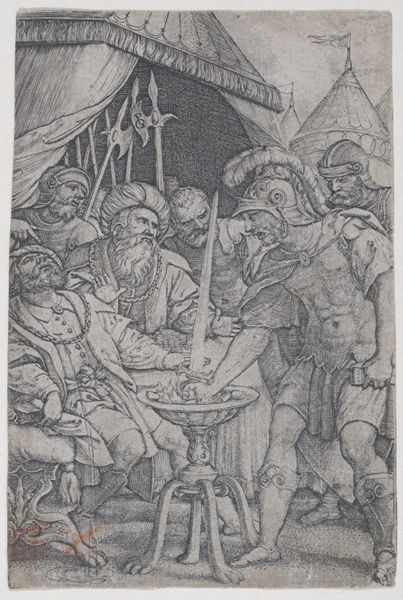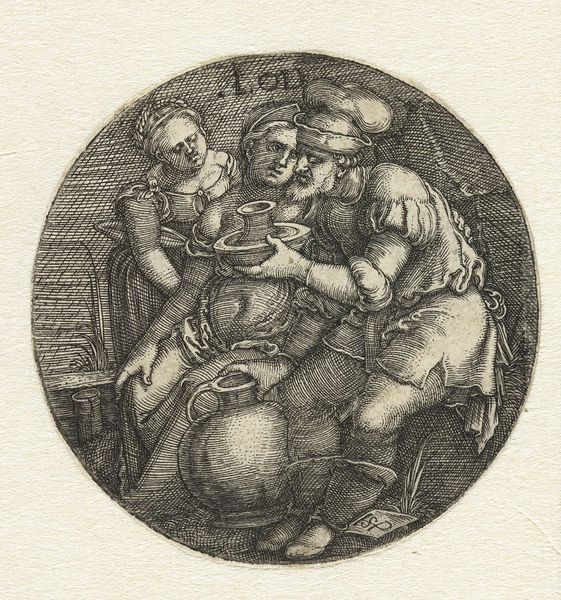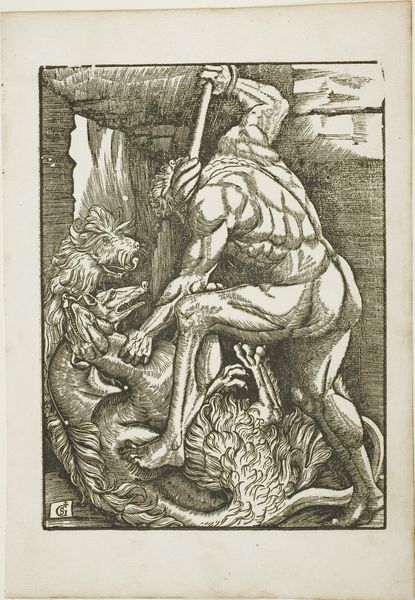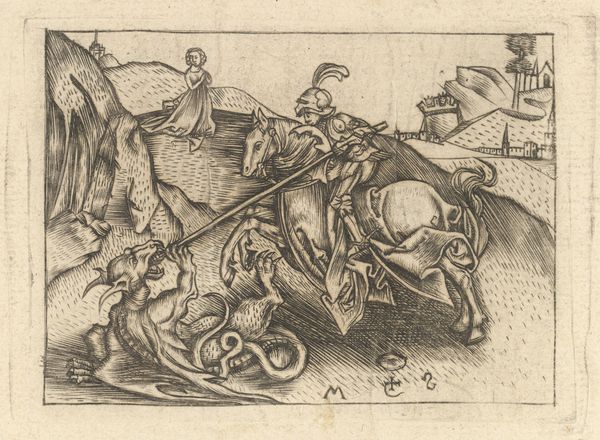
Plate 4: animals transporting goods being led by figures going to the right 1655 - 1665
0:00
0:00
drawing, print, etching, engraving
#
drawing
#
narrative-art
#
baroque
# print
#
etching
#
landscape
#
figuration
#
horse
#
men
#
line
#
history-painting
#
engraving
Dimensions: Sheet: 6 9/16 × 18 1/8 in. (16.6 × 46 cm)
Copyright: Public Domain
Editor: Here we have "Plate 4: animals transporting goods being led by figures going to the right," an etching and engraving by Pietro Santi Bartoli, dating from between 1655 and 1665. It strikes me as a depiction of labour and movement; there is this heavy emphasis on all this commerce. What do you see in this piece? Curator: Well, focusing on its materiality and production immediately reveals a few points. Consider the printmaking process itself. The labour intensive nature of engraving and etching underscores the value placed on disseminating imagery, a form of early mass production, and a reliance on human craftmanship. The type of goods are being transported such as barrels possibly signify wine or oil - luxury goods, essential to trade, pointing towards a structured societal stratification. Editor: So the medium and what's being moved are clues about the social context. How does Bartoli's choice of subject matter contribute to this reading? Curator: Absolutely. This piece prompts us to ask: Who were these laborers, and for whom were they working? Is Bartoli commenting on or celebrating this dynamic? The style nods towards the baroque with all its details and heavy lines. Editor: It seems as though the production and the distribution of luxury goods at the time hinged upon that kind of labour. Curator: Precisely! And that raises a larger question of the economics driving artistic production itself. Think about the patronage system. Does the artist’s material relationship to his patron influence this depiction of other labor? What did he get out of representing the transport of goods, in terms of a commission, perhaps? Editor: It all paints a picture of this era. Curator: Agreed. Considering materials, production, and distribution allows us to unravel complex relationships of labor, value, and consumption in 17th-century society, highlighting how essential and intertwined economics, material practices and the very notion of making and viewing art are. Editor: That really reshapes how I see this piece now! It goes beyond the surface to underlying forces at work.
Comments
No comments
Be the first to comment and join the conversation on the ultimate creative platform.


